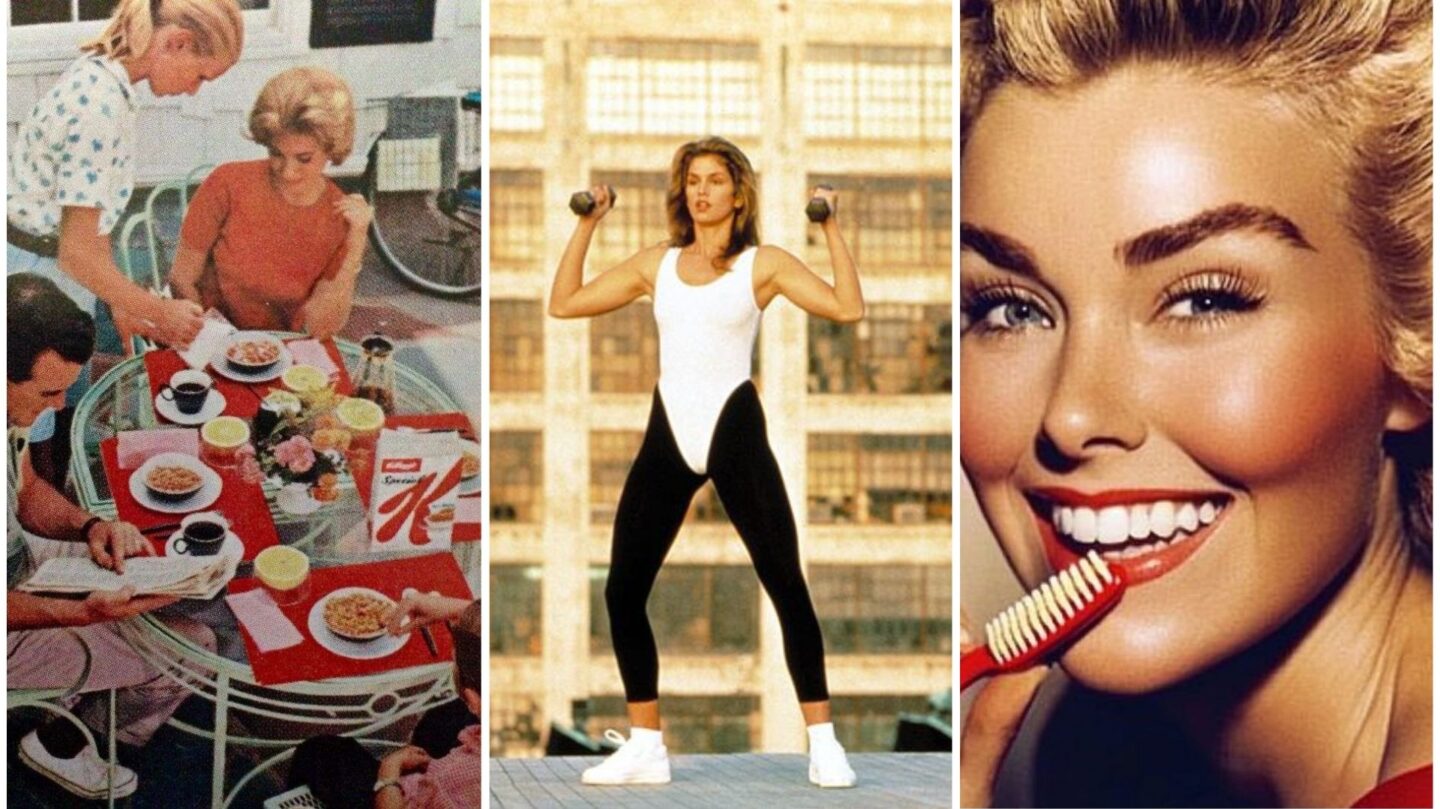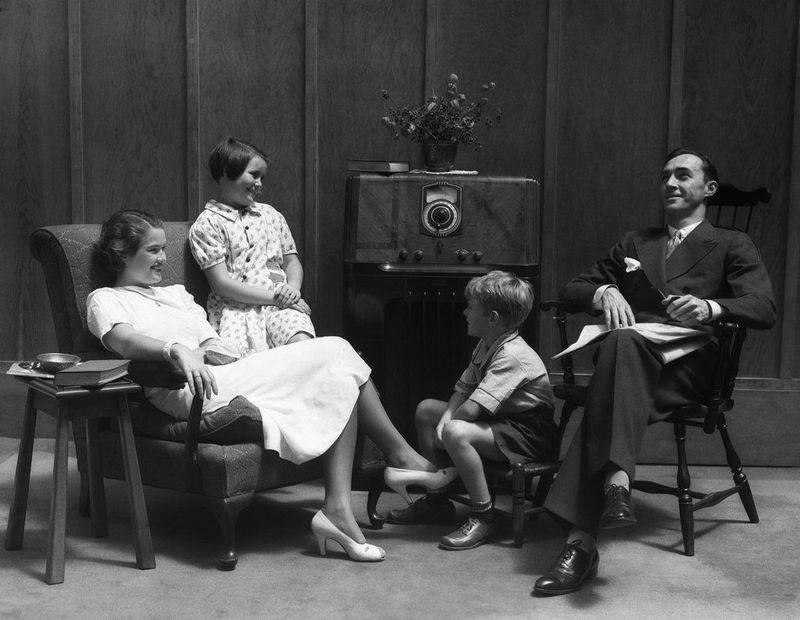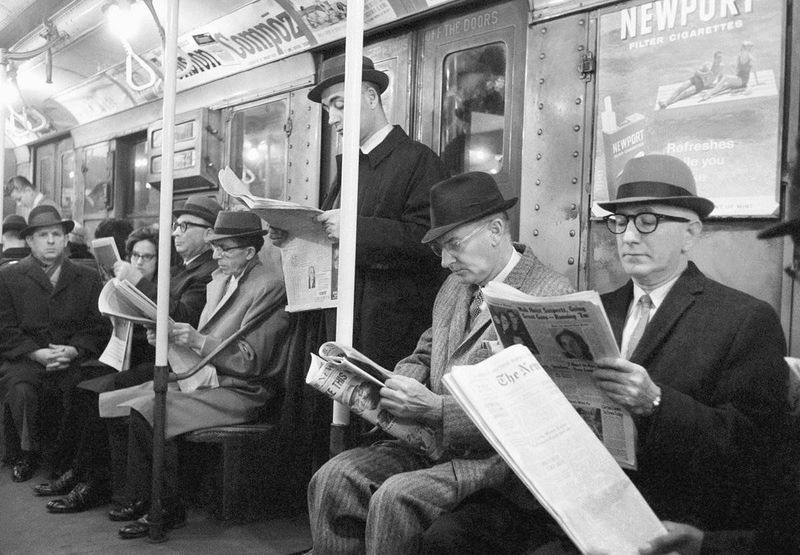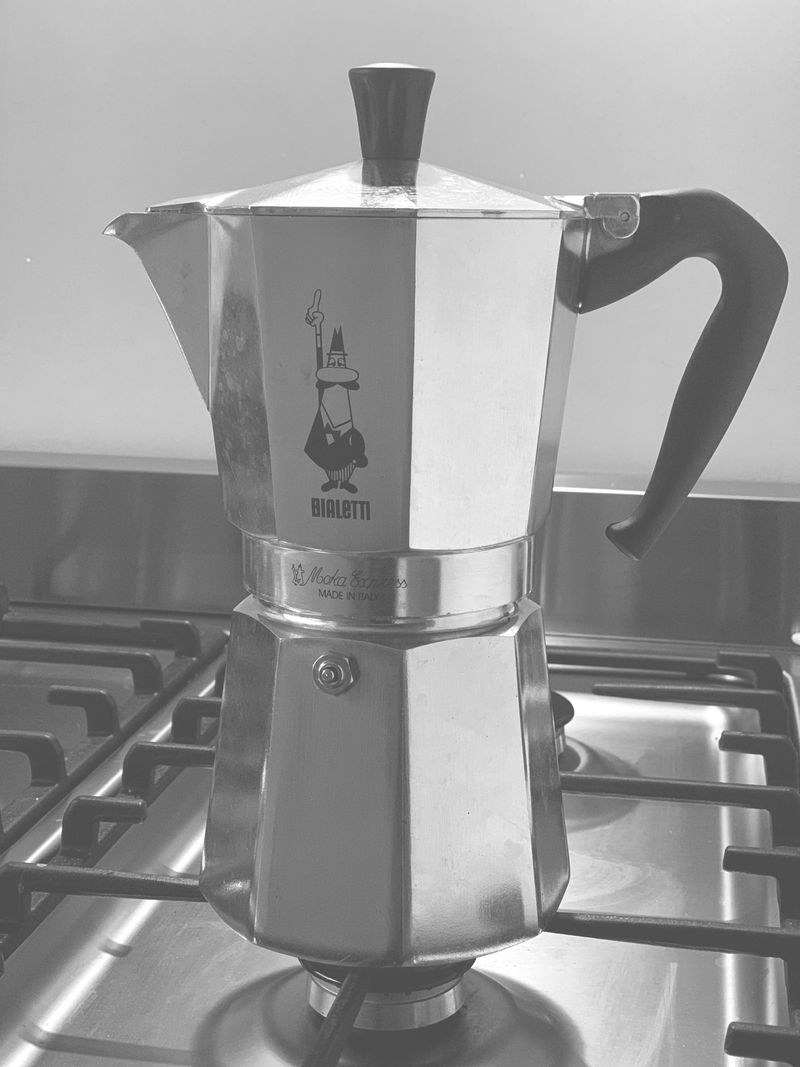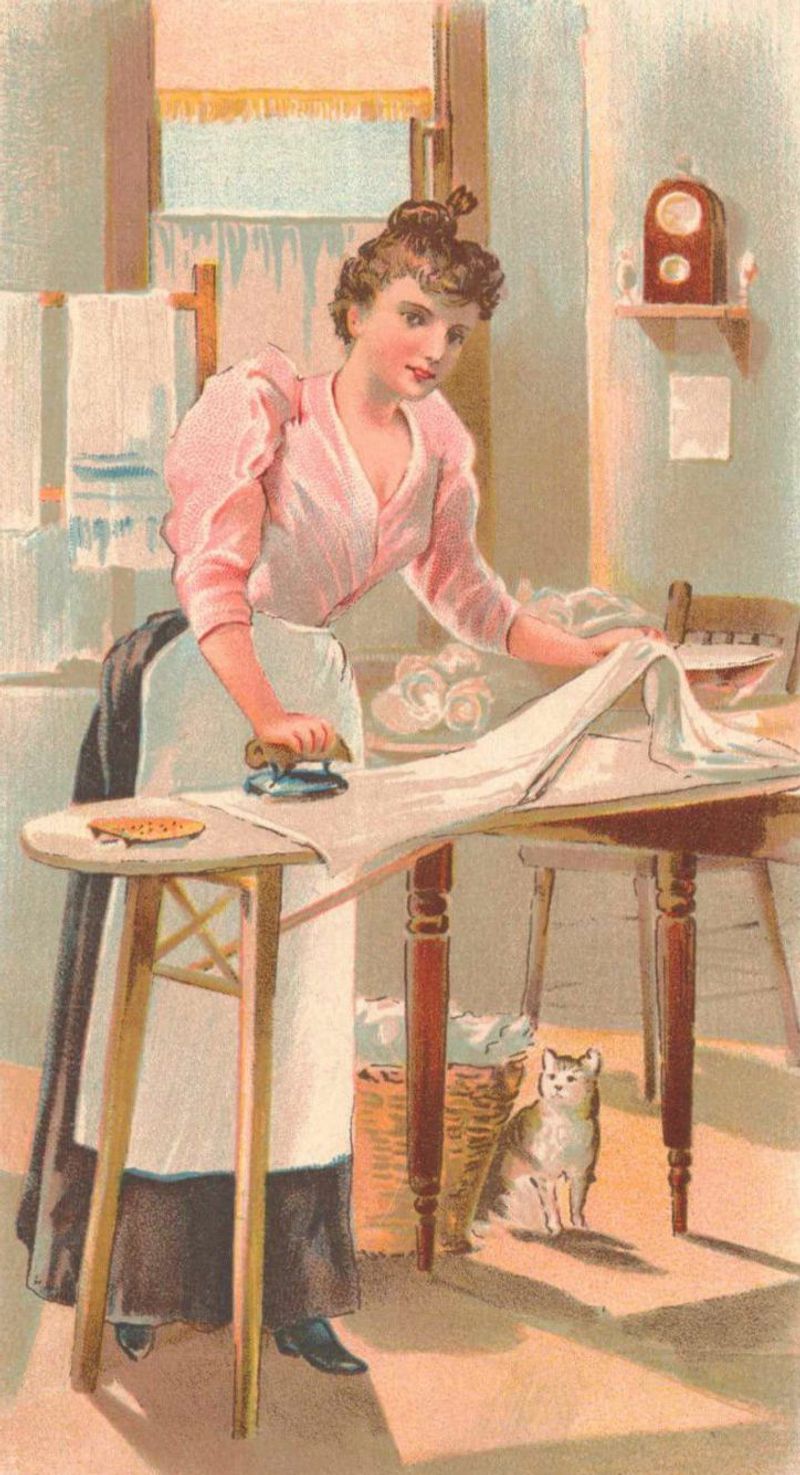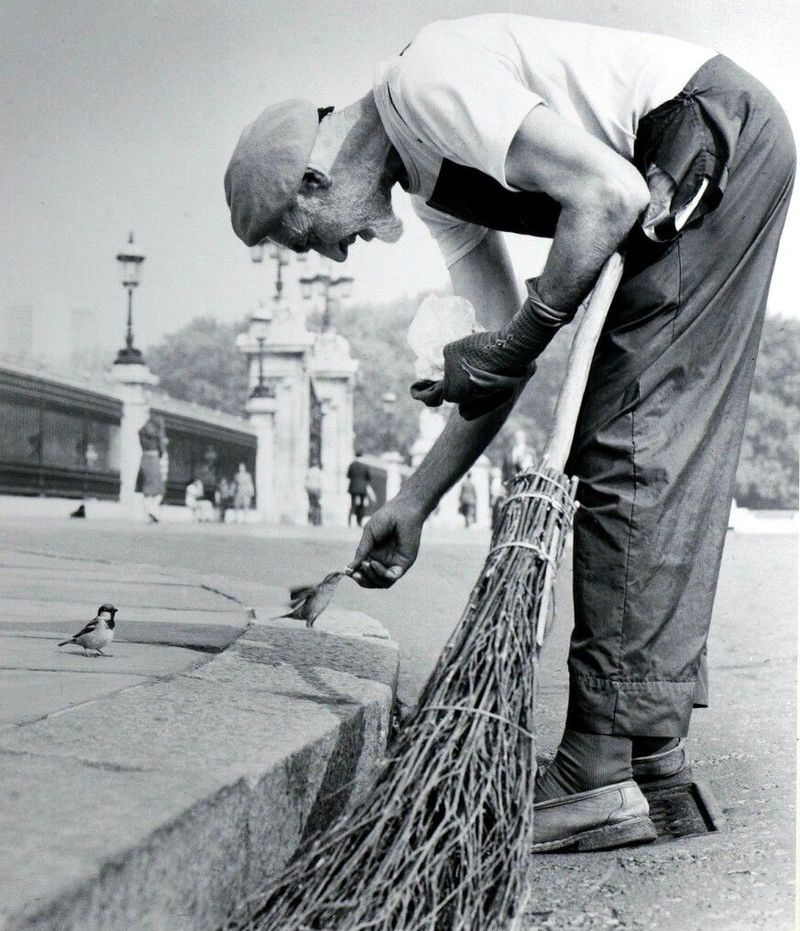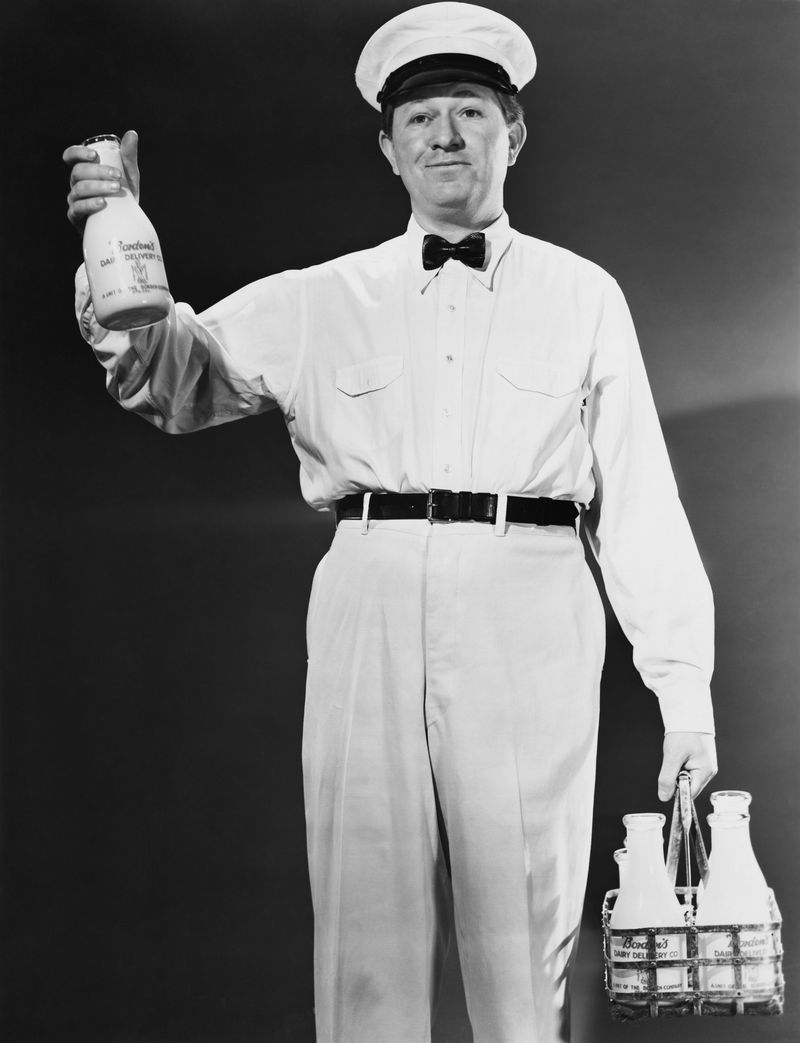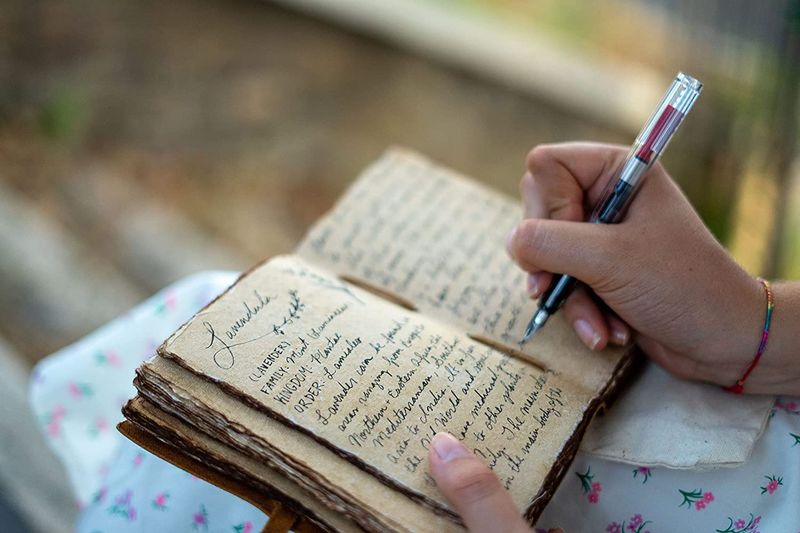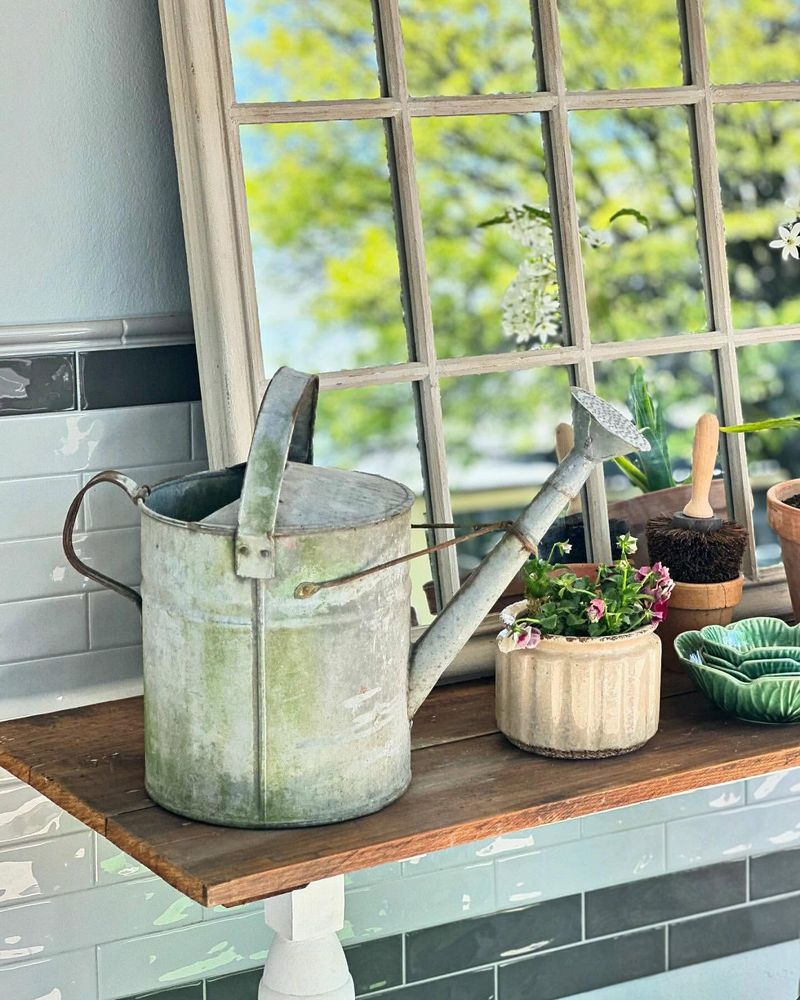The 1960s was a decade marked by simplicity and routine. People cherished the small rituals that started their days, often free from the hustle and bustle of modern life. These morning routines, while simple, set the tone for the rest of the day and fostered a sense of calm and productivity. Let’s explore 13 quintessential morning routines from the 60s that made life feel a bit more straightforward.
Breakfast with Family
In the 1960s, breakfasts were a family affair, where everyone gathered around the dining table to start the day together. Families enjoyed hearty meals like eggs and bacon, accompanied by freshly squeezed orange juice.
This daily ritual allowed families to connect, talk about their plans, and share a moment of togetherness. In this era, meals were less about convenience and more about quality time.
The morning meal set a positive tone for the day, creating bonds that strengthened family ties, making breakfast a warm, cherished routine that was both nourishing and comforting.
Listening to the Radio
Before the chaos of the day began, many tuned in to their favorite radio stations to catch news or music. The morning airwaves were filled with cheerful tunes and the latest news updates, providing both information and entertainment.
People often listened while sipping their morning coffee, a moment of peace before heading out. This was a simple pleasure, offering a sense of connection to the wider world.
Listening to the radio was a comforting habit, grounding people in the rhythm of daily life, and it was a staple in many households during the 60s.
Reading the Morning Newspaper
The morning newspaper was a staple in 1960s households, providing important news and insights into world affairs. People would often take time to read through the headlines and editorials as they enjoyed their coffee.
This ritual encouraged a well-informed citizenry and offered a quiet moment of reflection. It was an opportunity to disconnect from personal concerns and engage with the broader world.
Reading the morning paper was not just about staying informed; it was a meditative practice that helped people start their day with awareness and knowledge.
Morning Exercise
Physical fitness was gaining popularity in the 60s, with people starting to incorporate morning exercises into their routines. Simple stretches or calisthenics in the living room were common practices.
This focus on health helped energize people for the day ahead, promoting physical well-being and mental clarity. Exercise routines were straightforward, often inspired by TV guides or fitness magazines.
Engaging in morning exercise fostered discipline and a positive outlook on life, turning a simple activity into a vital part of daily health and happiness.
Brushing Teeth the Old-Fashioned Way
Oral hygiene was straightforward in the 60s, with most people using basic toothbrushes and baking soda-based toothpaste. This daily practice was a fundamental part of starting the day fresh.
Brushing teeth was a routine that instilled discipline and promoted self-care, an essential aspect of personal grooming. It was a quiet moment of solitude, allowing for reflection.
This simple act was about maintaining health and appearance, a small but significant gesture towards personal pride and responsibility, making it a key part of the morning ritual.
Making Coffee with a Percolator
Coffee-making in the 60s was an art form, with the percolator being a household staple. The rhythmic bubbling was a comforting sound, signaling the start of a new day.
This process required patience and care, resulting in a rich, aromatic brew that was savored and appreciated. Coffee time was often a shared moment for couples or individuals preparing for work.
The ritual of brewing coffee was calming and gratifying, embodying the slower pace of life. It was not just about caffeine but about embracing a mindful morning experience.
Polishing Shoes
In the 60s, polished shoes were a symbol of professionalism and pride. Men and women took time each morning to ensure their footwear was spotless before stepping out.
This routine was about presenting oneself with dignity and care, reflecting the values of the time. It was a quiet, meditative task that fostered attention to detail.
Polishing shoes was more than a chore; it was a ritual that connected people to their sense of identity, offering a sense of accomplishment and readiness to face the day.
Ironing Clothes
Crisp, well-ironed clothes were a hallmark of the 60s. Mornings often involved ironing garments to perfection, ensuring a polished appearance for the day.
This task was both practical and symbolic, representing attention to personal presentation and care. It was a moment to prepare mentally for the day’s challenges.
Ironing provided a sense of order and tranquility, aligning the mind and spirit with the day’s demands, making it an essential morning routine for many households during this era.
Feeding the Birds
Feeding birds was a peaceful morning activity that many participated in during the 60s. It provided a moment of connection with nature right in one’s backyard.
As birds gathered for their morning meal, people found joy in observing their behaviors and listening to their songs. This simple act encouraged mindfulness and appreciation for the natural world.
The routine of feeding birds fostered a sense of guardianship over nature, bringing a touch of tranquility and joy to the start of each day, enhancing the simplicity of life.
Getting the Milk Delivered
Milk delivery was a common sight in the 60s, with fresh bottles left at the doorstep each morning. This service was convenient and ensured families had fresh milk daily.
The clinking of bottles was a familiar sound that marked the beginning of the day. It was a simple, yet essential part of daily life that brought a sense of community and reliability.
Getting milk delivered connected neighbors and created a network of trust and support, embodying the simpler times of the era, making it a cherished morning routine.
Writing in a Journal
Journaling was a reflective morning activity that allowed individuals to express thoughts and set intentions for the day. This practice encouraged introspection and personal growth.
Writing in a journal was a private moment, where people could document their lives, dreams, and aspirations. It was a form of mental organization in a simpler, less digital world.
This routine fostered creativity and clarity, making it an enriching way to start the day. Journaling was not just writing, but an exploration of one’s inner world.
Morning Prayer or Meditation
Spirituality played an important role in daily life during the 60s, with many dedicating time for morning prayers or meditation. This practice offered peace and a moment of spiritual grounding.
A few minutes of silence or spoken word helped individuals align their thoughts and emotions, setting a positive, mindful tone for the day.
Morning prayer or meditation was a personal sanctuary, providing strength and clarity, a timeless routine that transcended the era, fostering inner peace and focus.
Watering the Garden
Gardening was a cherished morning activity in the 60s, with many tending to their plants at the break of dawn. Watering the garden was a calming start to the day.
This routine was a nurturing act, connecting people to the earth and the cycles of nature. It was a time to observe growth and find joy in the simple beauty of flowers and greenery.
Watering the garden instilled a sense of responsibility and harmony with the environment, making mornings feel connected and serene, a perfect way to embrace simplicity.
